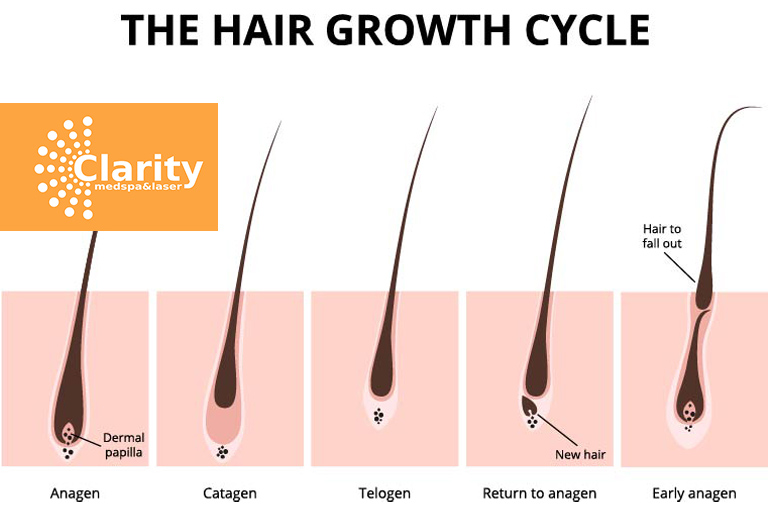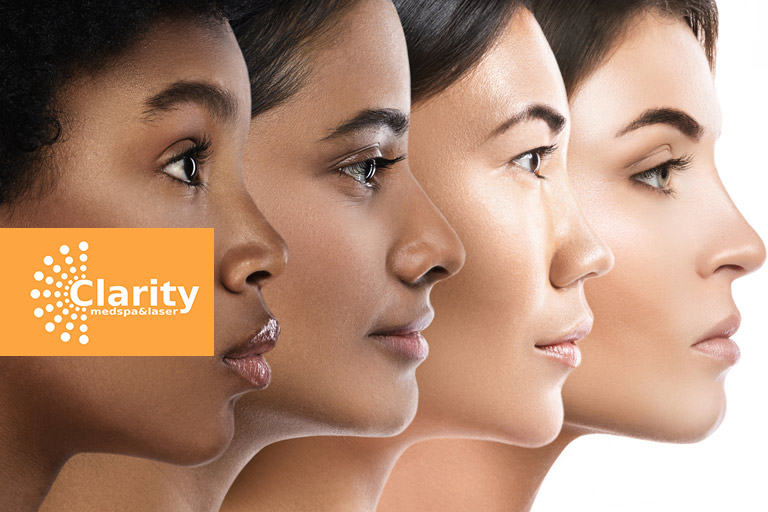Am I A Good Candidate for Laser Hair Removal?
With all the technological advances in the beauty world these days, you may be eager to find out if laser hair removal will work on you. Who wouldn’t get excited about it? It’s an effective solution to delay hair growth, making it a worthwhile investment if you’re bothered by your body hair and keen on having them removed.
And just like any significant investment you’ll be making, you need to make sure that you’re paying for something that’s useful to you. To know if you are a good candidate for laser hair removal, you need to start with a professional consultation.
Why and how your hair grows can affect the success of your laser removal treatments. Not everyone is also great at determining their skin tone, or how much melanin there can be in the skin (as it’s not always) visible, or even the depth of hair follicles. Our team of aestheticians are well-equipped to assess your skin and hair if you can, indeed, go for the treatment.
That said, we want to help you be a more informed customer. If you’re considering laser hair removal for your body hair woes, here are 3 factors that affect your eligibility for the treatment:
1. Laser hair removal requires the analysis of body hair itself
Our bodies grow two types of hair:
- Vellus hair refers to the fine, wispy hair that covers most of the body. It develops during childhood and continues to cover much of the body throughout adulthood. At the onset of puberty, some of the vellus hair becomes thicker. These are called terminal hair.
- Terminal hair refers to the thick, long, pigmented hair that covers areas like the scalp, face, armpits, and genitals. This develops during puberty, and men generally develop this in more parts of the body in response to androgen hormones, although women still develop this type of hair in other areas besides the head and armpits.
The thickness, density, and colour of terminal hair differ from person to person and can influence how well you respond to hair removal treatments.
2. The number of hair removal sessions you’ll need depend on the activity of individual hair follicles

Individual hairs pass through the following growth stages:
- Anagen phase
Controlled by genetics, this is when hair is actively growing and attached to the root (which “feeds” hair). Although hair during this phase can last up to 7 years on the scalp, no one knows why this phase stops and starts again. In eyebrows and other areas where you have short hairs, the phase only lasts a few months. - Catagen phase
This phase can last 2 to 3 weeks and involves the shrinking of follicles and detaching of the hair from the root, forming what we know as club hair. Club hairs are loose and fall out more easily, though they don’t always. - Telogen phase
In this phase, the hair follicle rests before beginning a new anagen phase. It then starts forming new hair cells from the root. These newer cells will also push out any club hair that remains in the follicle from the catagen phase (which makes for a 4th phase called exogen). The telogen phase can last a few months.
Not all hair follicles on our bodies are in the same phase, i.e. they’re not “growing together.” For permanent hair removal, the best time is the anagen phase. Your hair is still attached at the root, which is what we’re trying to destroy so that there is no source of growth. Since your hair is still too short in this phase, light energy can still reach the root and facilitate growth.
These non-simultaneous phases are also why multiple sessions are needed for effective laser hair removal. Some hairs grow back after treatments. Others grow a little then fall out. We’ll have to wait between hair cycles before starting a new treatment, which can take 4 to 8 weeks, depending on when the leftover follicles enter the anagen phase once again.
IMPORTANT: DO NOT REMOVE HAIR WHEN IT GROWS BACK AFTER THE TREATMENTS. This can affect the cycle of the hair follicle which needs to remain undisturbed. Let your hair fall out naturally.
For the record, no one really knows what stage of growth each of your hair follicles is at. What we do know is that hair grows in cycles, and the best we can do is approximate the length of time those cycles take. Based on our experience, repeat treatments eventually target the majority of hairs in due time.
3. Your skin tone helps decide what wavelength we’ll use for your treatment

We look at your skin tone and learn about genetics when we analyze patients for hair removal treatments. Skin tone with more melanin (colour/pigment) is more prone to absorbing light-based heat from lasers, which makes it harder to target just the hairs and leave the skin unaffected in the process.
There are instances, however, when someone can look like they have light-toned skin but in fact have more melanin “hiding” in their body, due to their genetics. For safety reasons, we need to make sure to use special settings in cases like this. So we’re bound to ask you regarding your ethnicity before proceeding with any treatments.
Most skincare treatment providers classify skin tones according to melanin levels, using a measurement tool called the Fitzpatrick scale, which places skin tone in the following shades:
- Type I
The palest skin type common among Europeans. They always burn in the sun, never seem to tan, but are highly likely to develop freckles. - Type II
Still common among those of European descent, this pale skin type burns easily and doesn’t tan very much. Although, they can get some colour from prolonged sun exposure. - Type III
This light skin type is common in Asian and South Asian people. You can get burns and can also tan. - Type IV
Found among South Asians, this skin type doesn’t burn often. They tan easily. - Type V
A noticeably dark skin tone, this type is common among those of mixed, partially African heritage. They rarely burn, and get dark tans. - Type VI
The darkest skin tone, this type is found in African skin and does not burn.
However, there are some people who cannot determine if they are a Type I or II, or a Type V or VI. See a provider who is more well-equipped to ascertain where you likely fall in any classification.
GOOD NEWS: Most Individuals Are Eligible For Laser Hair Removal!
Being a good candidate for laser hair removal can get complicated, but getting help from aesthetic experts who use the latest technologies can assure you that your treatment will be effective, as they can perform this technique on almost any skin tone and hair type.
With the right tools and the perfect technique, Clarity Med Spa & Laser Centre can give you the laser hair removal treatment you’ve always so longed for! If you’d like to learn more about how this treatment can work for you, call us 416.960.2222 or email@claritymedspa.ca to get a free consultation from one of our aesthetic experts!


 Linkedin
Linkedin Facebook
Facebook  Instagram
Instagram  Twitter
Twitter  Youtube
Youtube